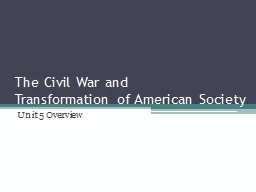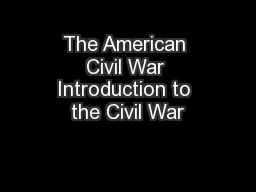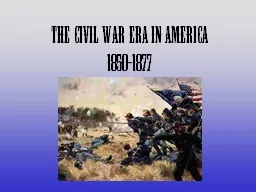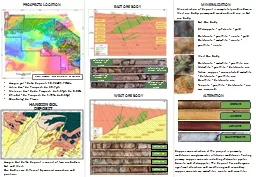PPT-Before The Civil War, prospectors started searching for gol
Author : tatyana-admore | Published Date : 2016-06-23
1859 two average prospectors found gold But Henry Comstock said the claim they found their gold was his property Silver at the time was far more valuable than gold
Presentation Embed Code
Download Presentation
Download Presentation The PPT/PDF document "Before The Civil War, prospectors starte..." is the property of its rightful owner. Permission is granted to download and print the materials on this website for personal, non-commercial use only, and to display it on your personal computer provided you do not modify the materials and that you retain all copyright notices contained in the materials. By downloading content from our website, you accept the terms of this agreement.
Before The Civil War, prospectors started searching for gol: Transcript
Download Rules Of Document
"Before The Civil War, prospectors started searching for gol"The content belongs to its owner. You may download and print it for personal use, without modification, and keep all copyright notices. By downloading, you agree to these terms.
Related Documents














